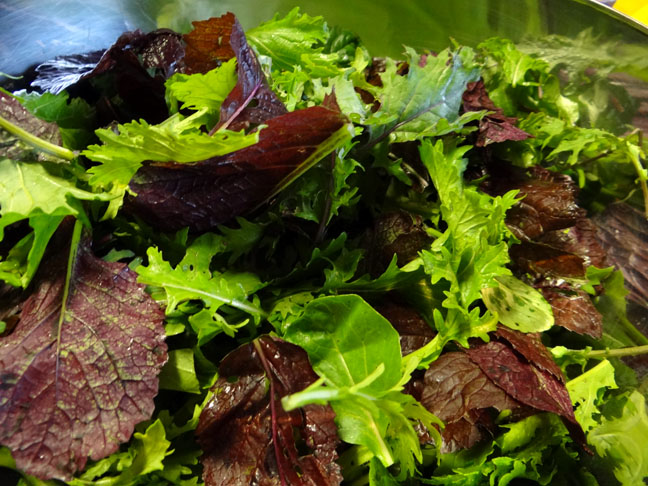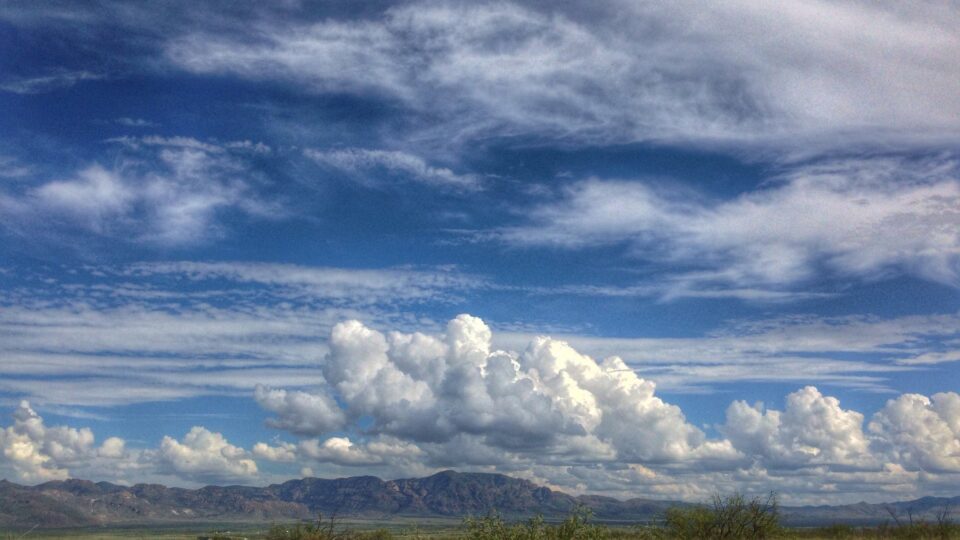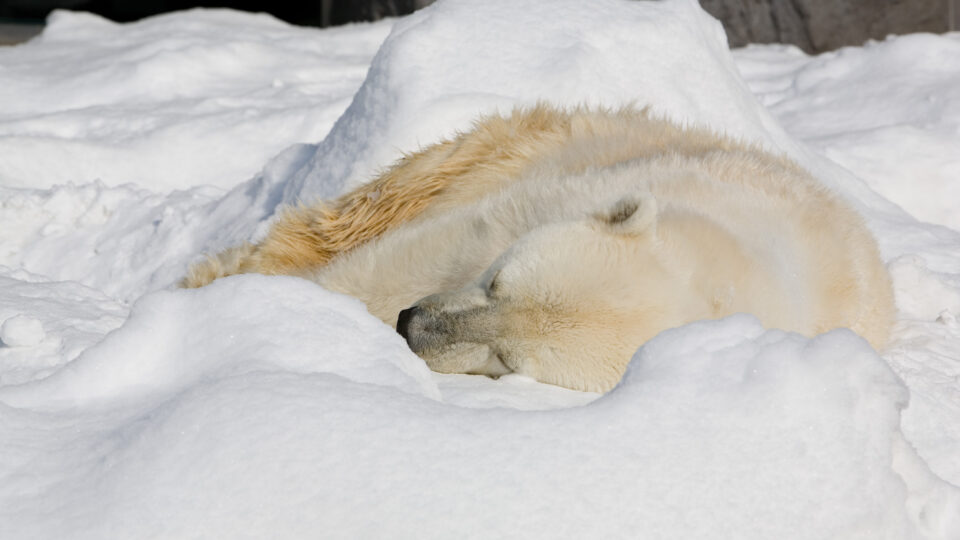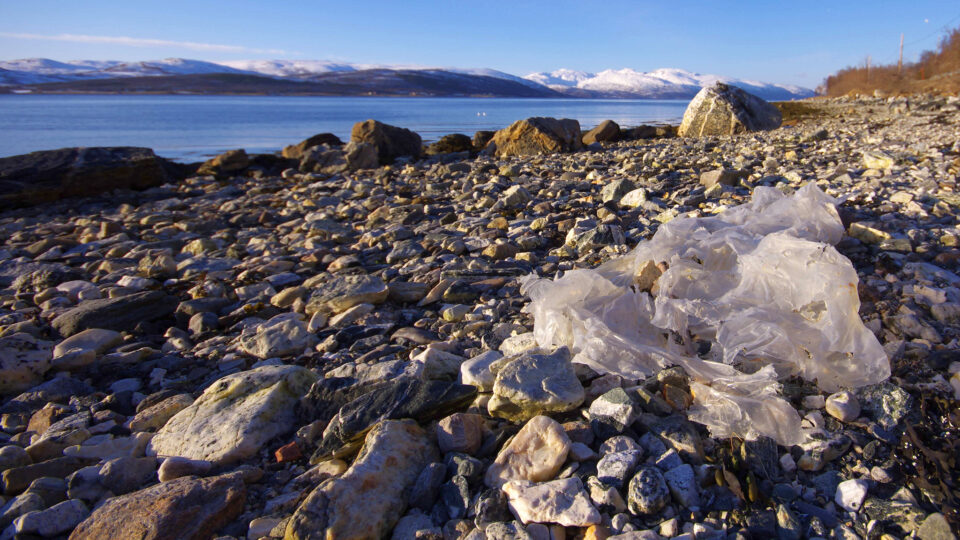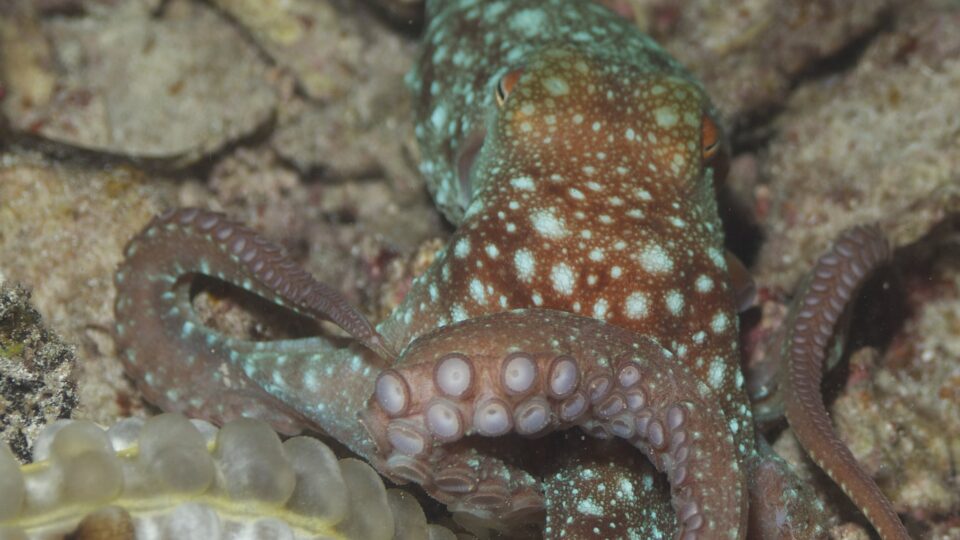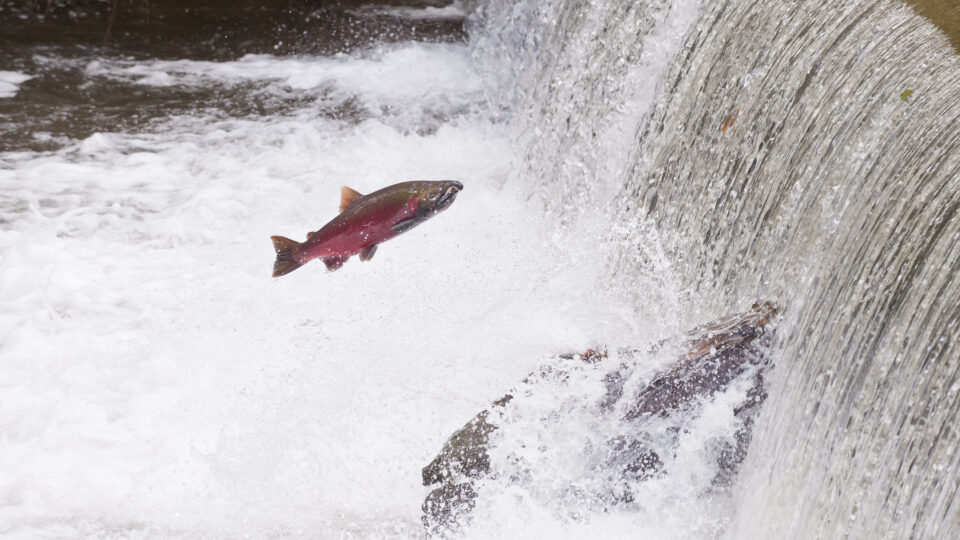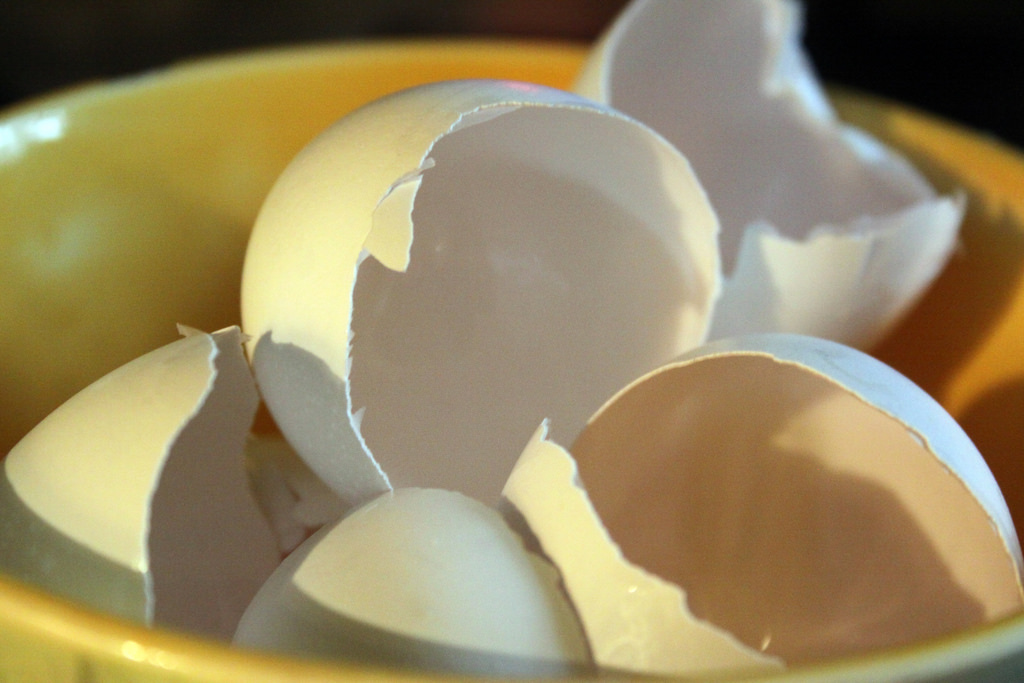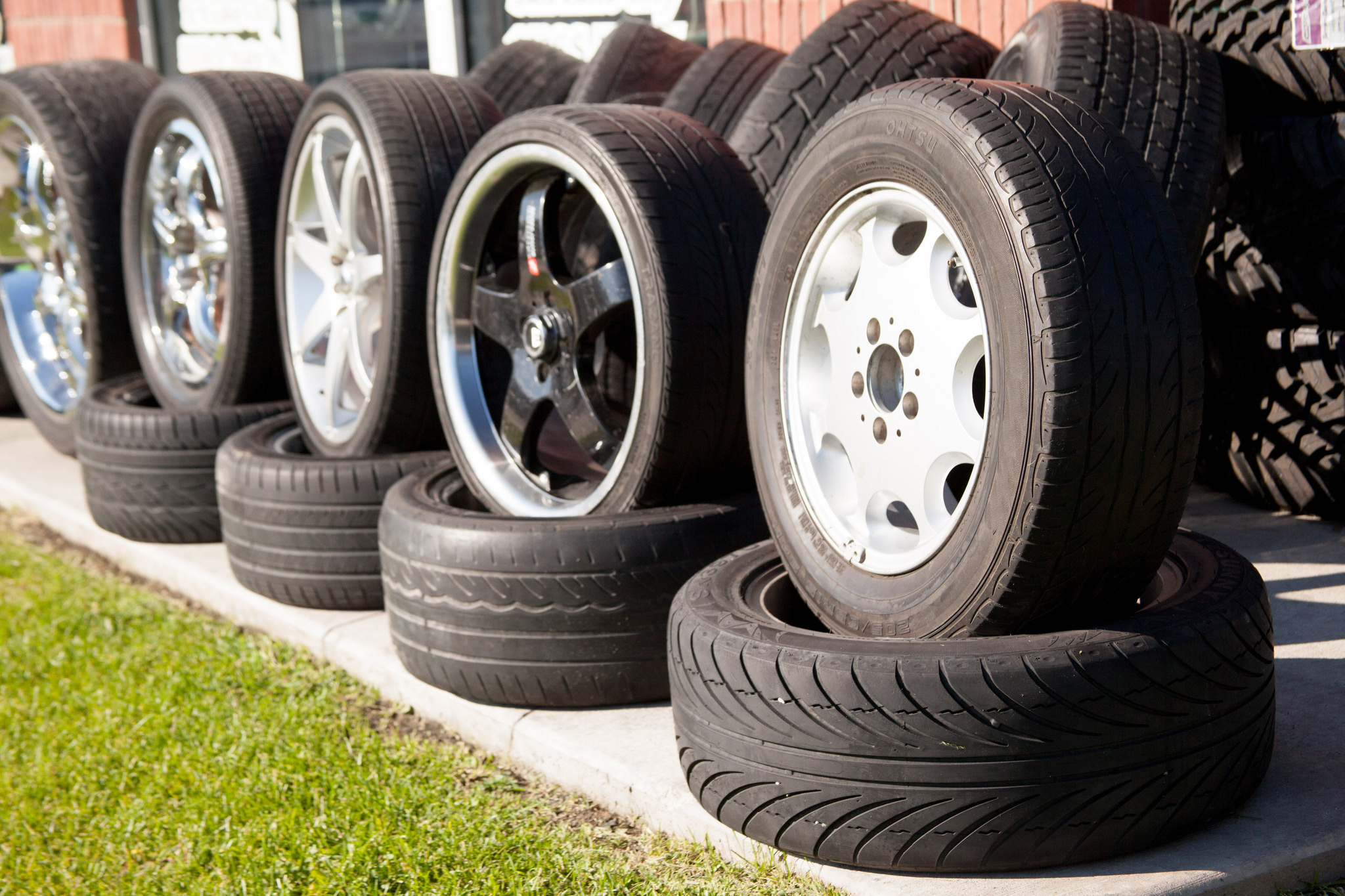There seems to be no end to the types of pollution we have introduced into the environment. One that has only recently started to gain attention is pollution caused by vehicle tires.
Through normal wear and tear, as vehicles drive along roadways, their tires cast off countless bits of rubber. These particles can linger in the atmosphere or can be washed down sewage drains and into waterways. In the water, these particles leach compounds that are toxic to wildlife.
Tires contain various chemical additives that prevent them from cracking and degrading along with various metals and other materials added to rubber and artificial rubber. Some of these additives are acutely toxic or even carcinogenic.
A recent study by researchers at the University of Vienna tested leafy vegetables that were grown in Switzerland, Spain, and Italy, and were sold in Swiss supermarkets. The study also tested vegetables harvested directly from Israeli farmlands.
Tire ingredients were found in 11 out of 15 samples gathered from Swiss supermarkets and 9 out of 13 samples collected from Israeli fields. Among these are 6PPD, a tire additive that has been identified as the cause of the extensive deaths of coho salmon on the US West Coast.
The researchers say that farmers may be introducing tire additives by irrigating crops with treated wastewater or by using sewage sludge as fertilizer. Airborne tire particles may also be settling on farm soil.
The concentration of tire particles found in the leafy vegetables are relatively low, but it is troubling that we are eating dangerous chemicals used to improve the quality of tires.
**********
Web Links
Leafy Vegetables Found to Contain Tire Additives
Photo, posted October 14, 2014, courtesy of Green Mountain Girls Farm via Flickr.
Earth Wise is a production of WAMC Northeast Public Radio
